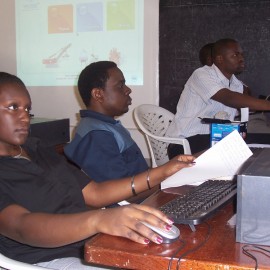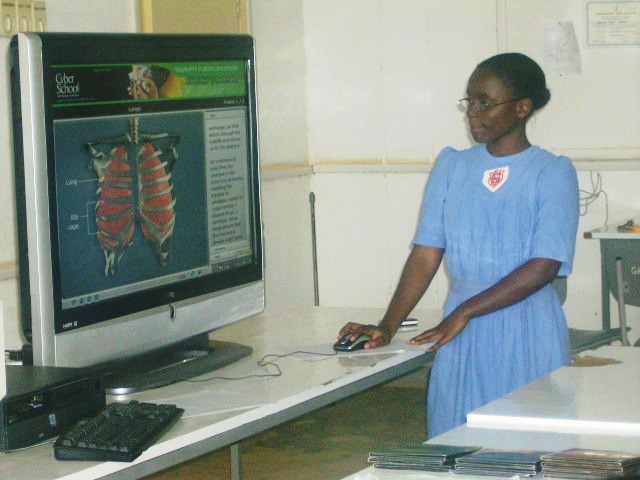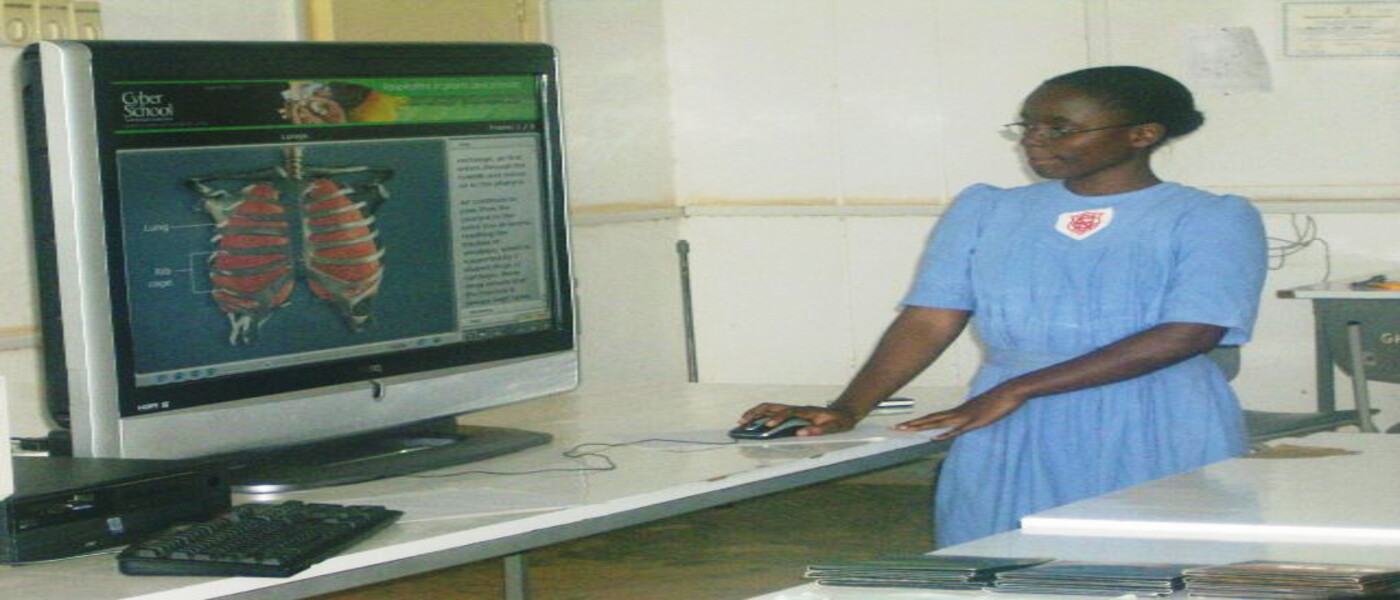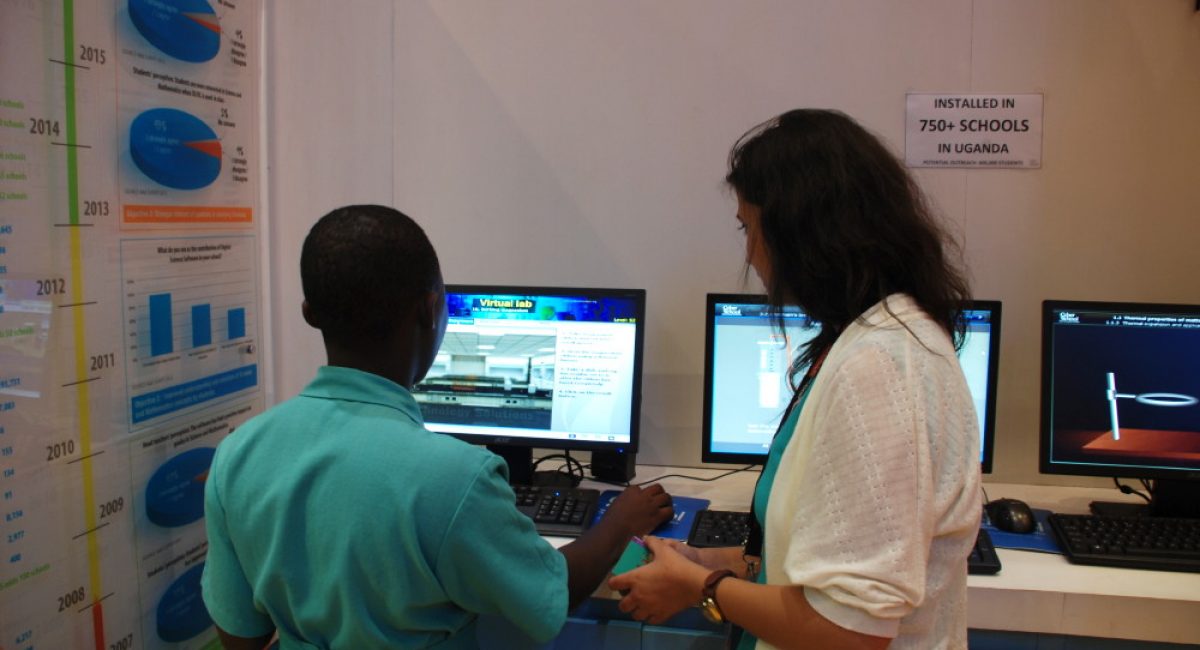What is e-Learning?
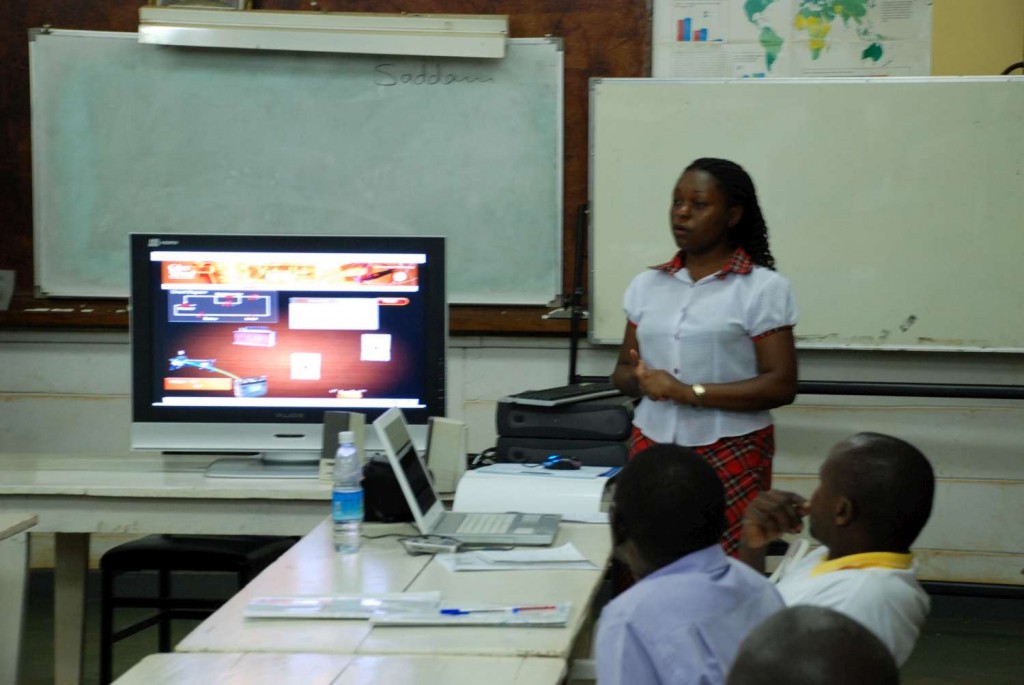

By Edward Lubega
Understanding e-Learning is simple. e-Learning is learning utilizing electronic technologies to access educational curriculum outside of a traditional classroom. In most cases, it refers to a course, program or degree delivered completely online.
There are many terms used to describe learning that is delivered online, via the internet, ranging from Distance Education, to computerized electronic learning, online learning, internet learning and many others. We define e-Learning as courses that are specifically delivered via the internet to somewhere other than the classroom where the professor is teaching. It is not a course delivered via a DVD or CD-ROM, video tape or over a television channel.
It is interactive in that you can also communicate with your teachers, professors or other students in your class. Sometimes it is delivered live, where you can electronically raise your hand and interact in real time and sometimes it is a lecture that has been prerecorded. There is always a teacher or professor interacting /communicating with you and grading your participation, your assignments and your tests.
e-Learning has been proven to be a successful method of training and education is becoming a way of life for many people around the world.

What are the benefits of e-Learning?
Simply put, e-learning is everywhere, and it certainly comes with some pretty awesome advantages such as:
- Scalability: Elearning enables us to quickly create and communicate new policies, training, ideas, and concepts. Be it for entertainment or formal education, elearning is nimble!
- Capacity and Consistency: Using e-learning allows educators to achieve a great degree of coverage for their target audience, and it ensures that the message is communicated in a consistent fashion. This results in all learners receiving the same training.
- High Learning Retention: Blended learning approaches result in a higher knowledge retention rate. It also helps that coursework can be refreshed and updated whenever needed.
- Time and Money Savings: This one is pretty well known, and a staple of any well-done e-learning program. E-learning reduces time away from the workplace, eliminates the need for travel, and removes the need for classroom-based training.
- Activity and ROI Measurements: If you are using a learning management system to deliver your e-learning, then tracking learner progress is a piece-of-cake, and reporting on this activity is just as simple.
- Reduction of the Carbon Footprint: By leveraging e-learning for online testing and quizzing, the need for printing out paper-based assessments is reduced, in fact it’s practically eliminated altogether!
- Flexibility: Using e-learning, you can give employees and students the freedom to learn at their own convenience, and at a pace that is right for them. Staff can be trained in remote locations and in a consistent fashion as anyone receiving on-site training.
Source: eLearningNC, LearnDash

















